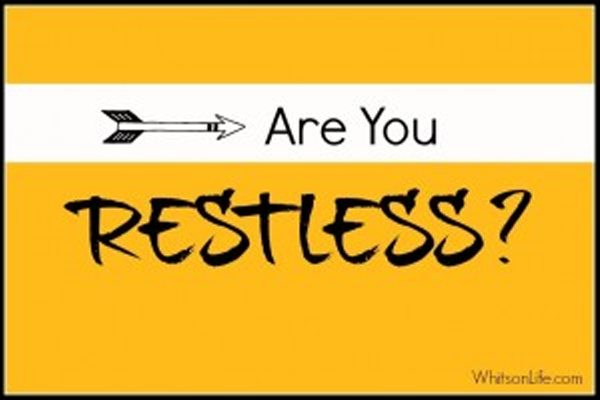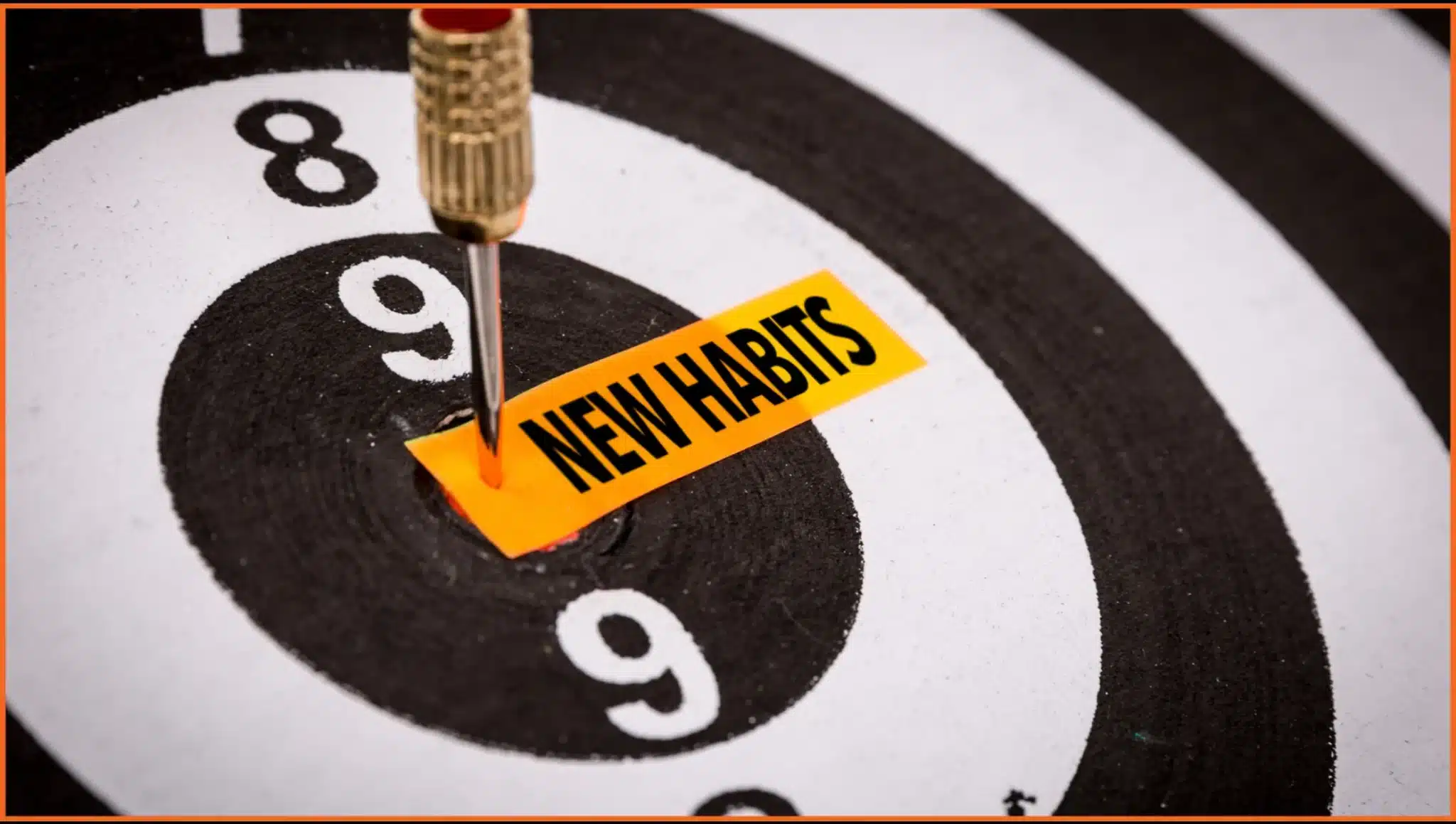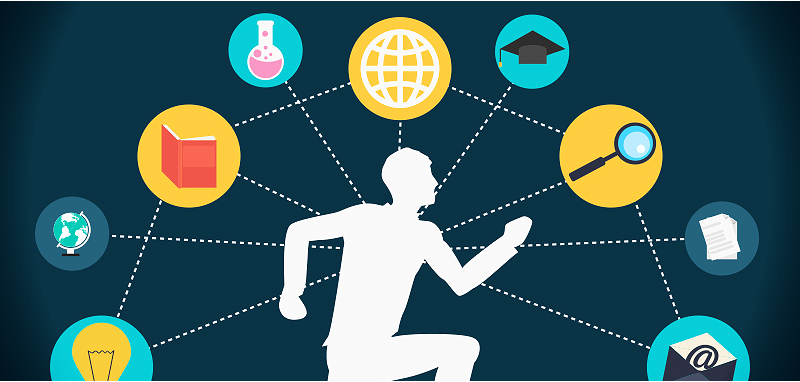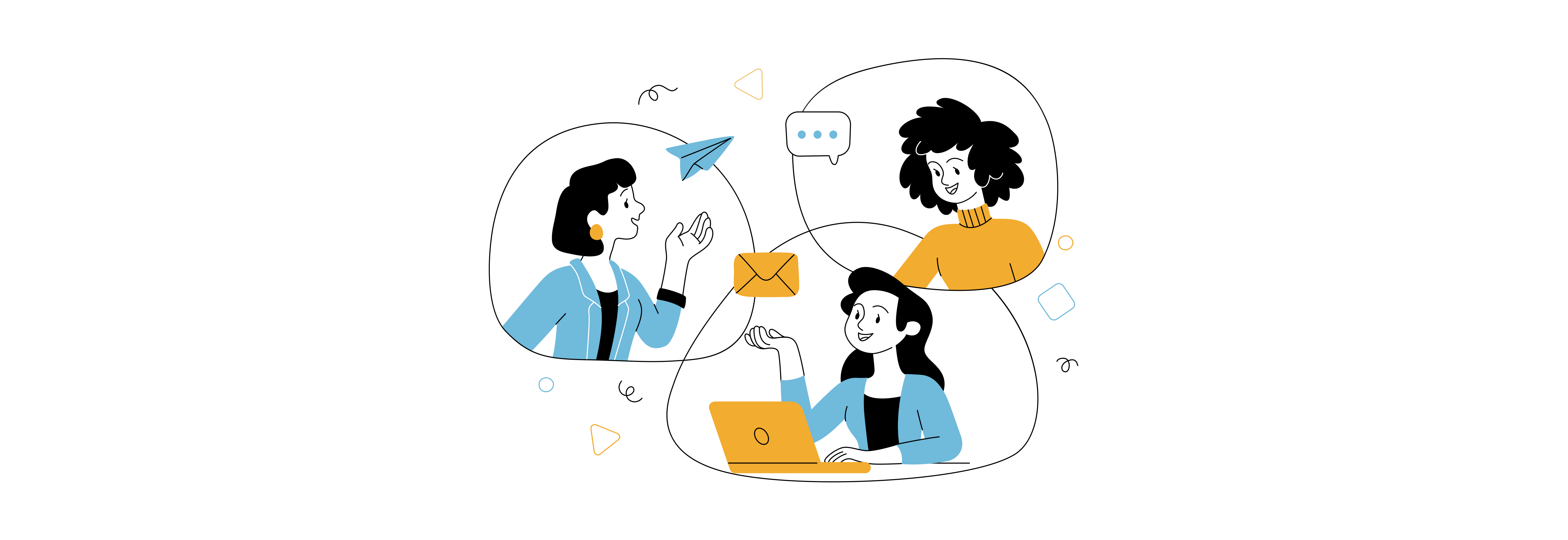We’ve all met people who are content with the status quo – those who do their job, meet expectations, and go home. And then, there are the others. The ones who fidget with discomfort when things remain the same for too long. The ones always asking, “What next?” or “How can this be better?”
In our experience at FocusU, restlessness is often an undervalued leadership trait – but one that fuels innovation, ambition, and transformation.
Related Reading: Employee Development Planning | Strategies for Growth
Our Origin Story: Built on Restlessness
Table of Contents
When FocusU began, we were a two-person outfit with big dreams. That number quickly grew to nine, and before we knew it, we were a team of 21. Scaling a business, especially in its formative years, is messy, exhilarating, and deeply humbling.
One thing we’ve learned along the way: skills can be taught, but mindset must be sought.
When we hire, we look for curiosity, initiative, and hunger. Above all, we look for restlessness. Because in our journey, it’s the restless souls who have consistently:
- Sparked new ideas
- Questioned the old ways
- Pushed us forward
And that’s what continues to shape us.
Related Reading: How To Nurture Growth Mindset In Your Organisation?
Why Restlessness is a Strategic Advantage
Restlessness, often mistaken for impatience or dissatisfaction, is actually a powerful internal compass. It signals a desire for change, improvement, and movement. In the corporate world, these are exactly the traits that separate doers from disruptors.
In our workshops, especially those focused on innovation or leadership development, we often ask:
“When was the last time you felt a deep discomfort with the way things are? What did you do with that feeling?”
Those who lean into that discomfort – rather than away from it – are often the ones driving transformation.
Related Reading: How to Never Stop Learning and Growing
Restlessness in Action: What It Looks Like
Here are some ways restlessness shows up in high-potential employees:
- They challenge assumptions: Not to be difficult, but because they believe there’s a better way.
- They constantly learn: They don’t wait for formal training to upskill – they’re on YouTube, in books, or asking smart questions.
- They ask for feedback: Not because they’re insecure, but because they crave growth.
- They initiate projects: Without being told. They spot gaps and take ownership.
We’ve noticed that in such individuals, restlessness becomes a source of momentum – not chaos.
Leadership and the Role of Restlessness
In our leadership programs, one insight that repeatedly surfaces is that the best leaders aren’t just effective planners – they’re also visionaries. And vision requires a certain dissatisfaction with the present.
Some of the greatest companies in the world were born from restlessness:
- Disney was built on the dream of a more immersive entertainment experience.
- Apple reimagined the personal computer, music, and mobile industries.
- SpaceX is questioning how we explore beyond our planet.
Each of these stories started with someone asking, “Why not?”
We’ve found that when leaders nurture restlessness – in themselves and their teams – they unlock creativity, agility, and purpose.
Related Reading: Why Challenges Are Important For Personal Growth?
The Link Between Restlessness and Learning Agility
Restlessness is a close cousin of learning agility — the ability to learn, unlearn, and relearn quickly in response to change. In a world where skill shelf-life is shrinking, learning agility has become one of the top traits organizations look for in talent.
In our learning journeys, we design activities that intentionally nudge people out of their comfort zones. It’s in those moments of uncertainty and discomfort that growth begins.
What This Means for HR and L&D Leaders
If you’re building a culture of growth, here’s how you can harness restlessness:
- Spot it during recruitment: Ask candidates what frustrates them about the status quo and what they’ve done about it.
- Design roles that evolve: Give employees room to shape their roles over time.
- Encourage internal mobility: Let restless employees explore new functions or projects.
- Create space for experimentation: Celebrate pilots, prototypes, and even failures.
- Include it in development conversations: Ask, “Where are you feeling stuck or underutilized?”
In our experience, restlessness that is acknowledged and nurtured becomes a force for innovation.
Related Reading: Building a Culture of Innovation
A Note to the Restless Ones
To those who feel a gnawing sense of “not enough” even after success – we see you. Your restlessness isn’t a flaw. It’s a signal. A driver. A superpower.
It was restlessness that pushed us to start FocusU. It’s restlessness that fuels our creativity. And it’s restlessness that drives us to serve better every day.
So if you find yourself uncomfortable with settling, if you’re always searching for better – that’s your cue.
Lean into it.
A Closing Thought
Ships may be safest in a harbor, but that’s not what ships are built for.
The same goes for people. And for organizations.
The world doesn’t need more of the same. It needs the curious, the driven, the bold. It needs the restless.
As Farhan Akhtar recites in Zindagi Na Milegi Dobara:
“Jo apni aankhon mein hairaniyan leke chal rahe ho, toh zinda ho tum.
Dilon mein tum apni betabiyan leke chal rahe ho, toh zinda ho tum.”
Live inspired. Live restless. Help your people #BeMore.










